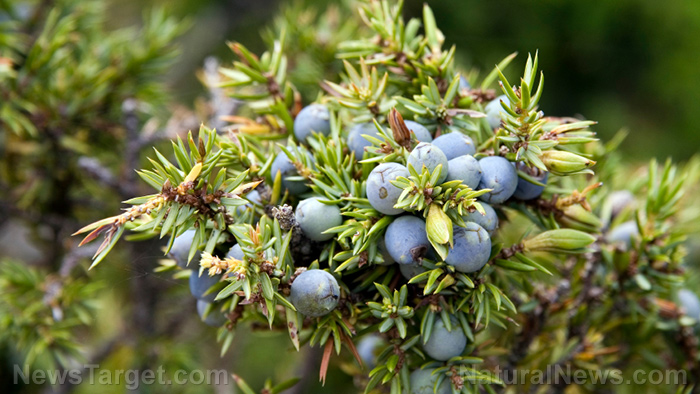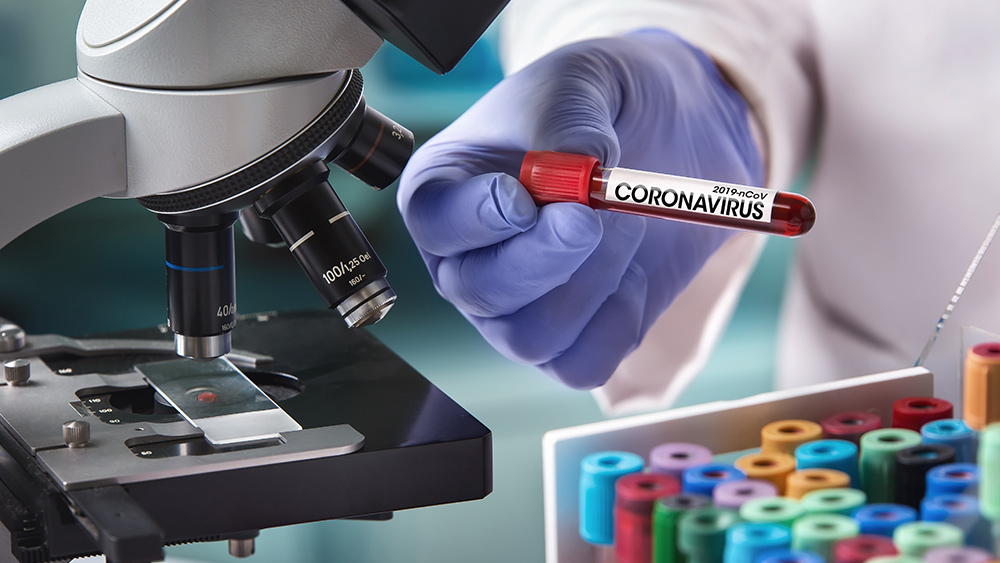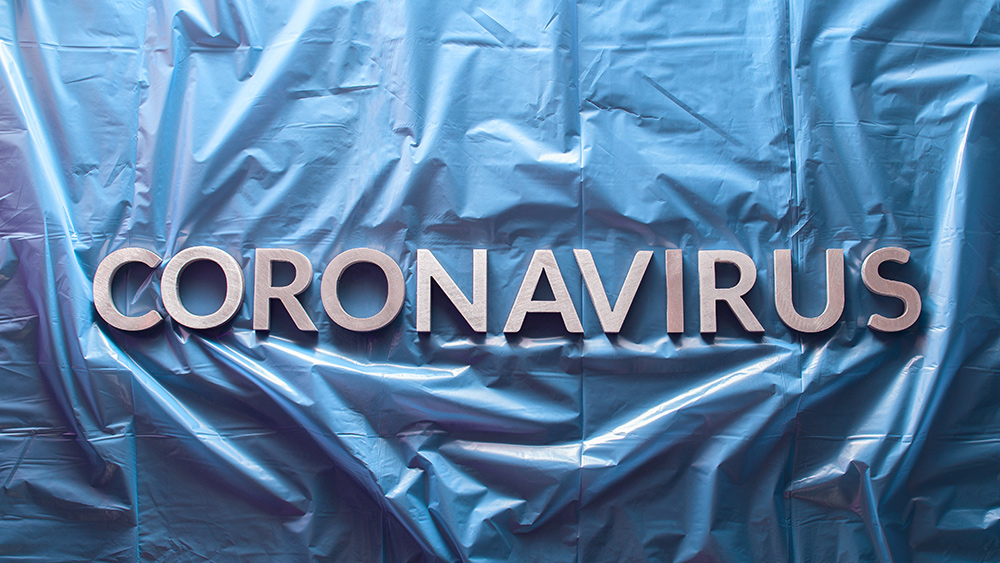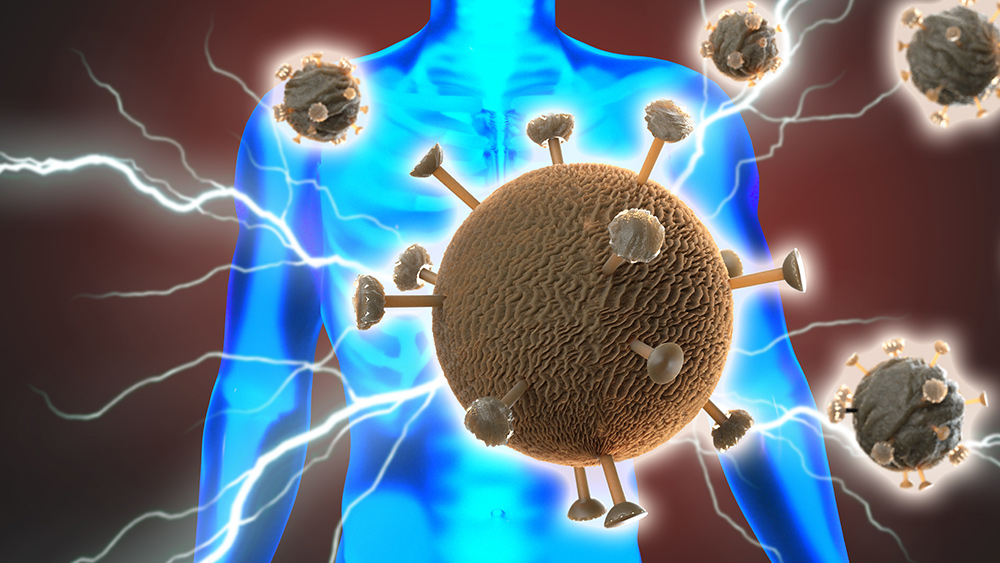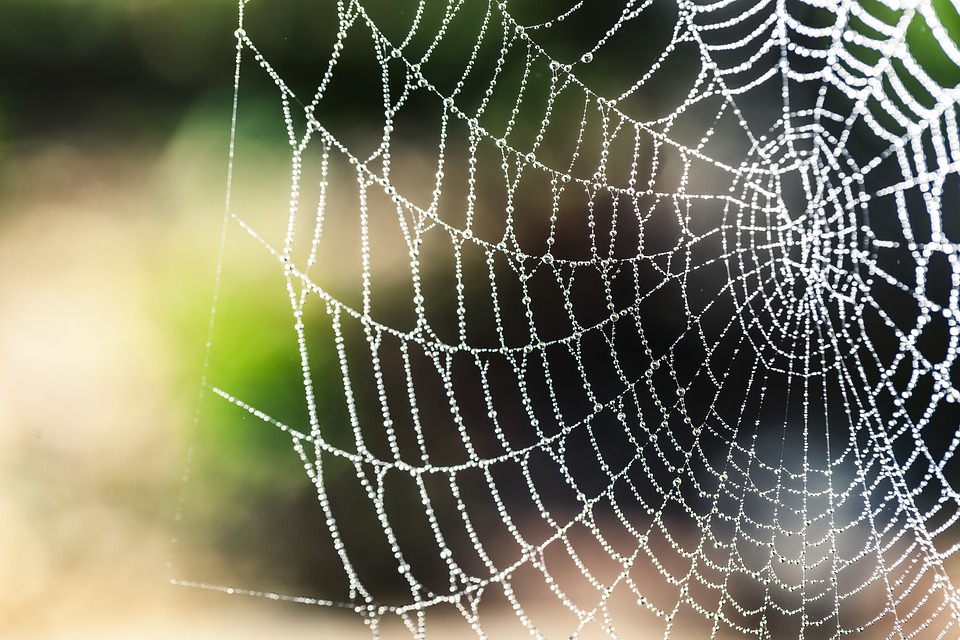5 Poisonous plants to watch out for in your back yard
01/05/2020 / By Mary Miller
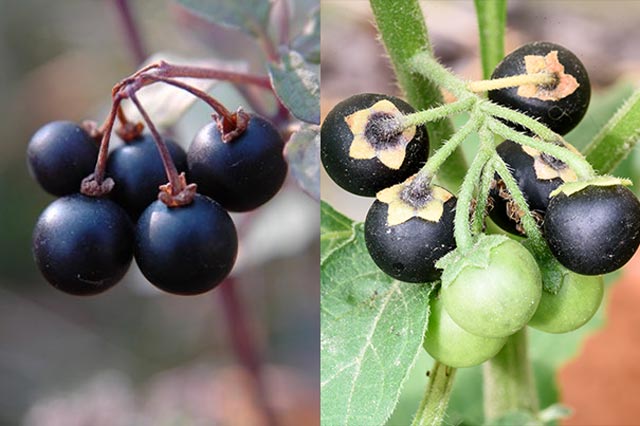
Decorating your garden with bright and colorful plants can certainly liven up your home, but be warned – the most beautiful plants can sometimes be the deadliest. These plants may be pleasing to the eye but more often than not, their vibrant hues are meant as a warning of the deadly toxins they contain. If you’re not careful, you, your family and even your pets may be inadvertently exposed to these dangerous toxins. To safely maintain a colorful garden, you should first familiarize yourself with these seven poisonous plants. (h/t to AskAPrepper.com)
Belladonna
Commonly known as “deadly nightshade,” this perennial shrub is one of the deadliest plants on Earth. The belladonna plant sprouts bright green berries that ripen to a dark purple. These berries may look similar to blueberries but they contain toxic tropane alkaloids that can cause severe side effects once ingested. Some of these side effects include nausea, rashes, swelling, disorientation, convulsions and difficulty breathing. Even chewing on a small belladonna leaf can kill a full-grown man. If any part of the plant is ingested, induce vomiting and seek immediate medical attention. (Related: Learn to identify these poisonous plants that look edible but could kill you.)
Water hemlock
The water hemlock is an innocuous-looking weed that can easily be mistaken for a blooming carrot. It is characterized by little white buds that are clumped together to form a shape resembling an umbrella. If you see this plant in your garden, gently uproot it while wearing protective gloves. The entire plant contains a brownish liquid called cicutoxin, which can directly attack your central nervous system. The ingestion of cicutoxin lead to seizures and subsequently death, if left untreated. If cicutoxin is accidentally ingested, take activated charcoal and seek medical assistance as soon as possible.
Oleander
Oleanders are often used as decorative flowers in many residential gardens due to their fragrant and colorful blossoms. These colors can come in red, white, yellow or pink. While oleander contains many chemical substances that offer medicinal benefits for treating heart disease, the plant itself is extremely toxic. It contains a substance that can cause seizures, vomiting, drowsiness, tremors and a slowed heart rate when ingested. A single leaf is potent enough to kill a dog. Burning oleander even produces smoke can be harmful to your health when inhaled.
Daffodil
Daffodils are recognized by their bright yellow flowers. If you don’t have any small children or pets who are likely to run around your garden, you can safely grow a bed of daffodils outdoors. However, even keeping a bouquet of fresh daffodils indoors can trigger headaches for anyone nearby. Daffodil poisoning is not immediately fatal, but it can lead to stomach pain, drooling, dehydration, vomiting, heart irregularities and tremors. Treatment for mild cases of daffodil poisoning involves flushing the stomach with water or milk.
Poison ivy
The leaves of the poison ivy plant can cause itchy rashes when touched, but for those who are allergic, skin contact can result in swelling in the eyes, mouth and airway. The plant can also produce toxic fumes when burned. If you accidentally touch either the leaves or the hairy vines of the poison ivy plant, you can still prevent a rash by quickly washing the area with soap and cold water. Avoid using hot water since this can further expose your skin to the plant’s oils, which can aggravate the condition.
Whether you’re a serious gardener or a hobbyist, it’s important to do your research on potentially dangerous plants to avoid making any deadly mistakes.
Sources include:
Tagged Under: Belladonna, bug out, daffodil, deadly nightshade, emergencies, hellebore, Herbs, lily of the valley, off grid, oleander, outdoors, Plants, poison ivy, poisonous plants, preparedness, Preppers, prepping, prepping tips, self sufficiency, SHTF, survival, survival gear, survival skills, Survival Tips, survivalist, toxic plants, water hemlock, weeds
RECENT NEWS & ARTICLES
COPYRIGHT © 2017 · SURVIVAL NEWS



